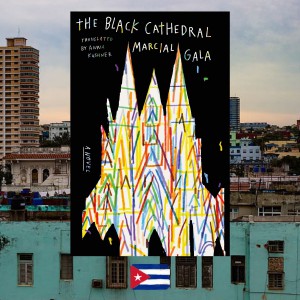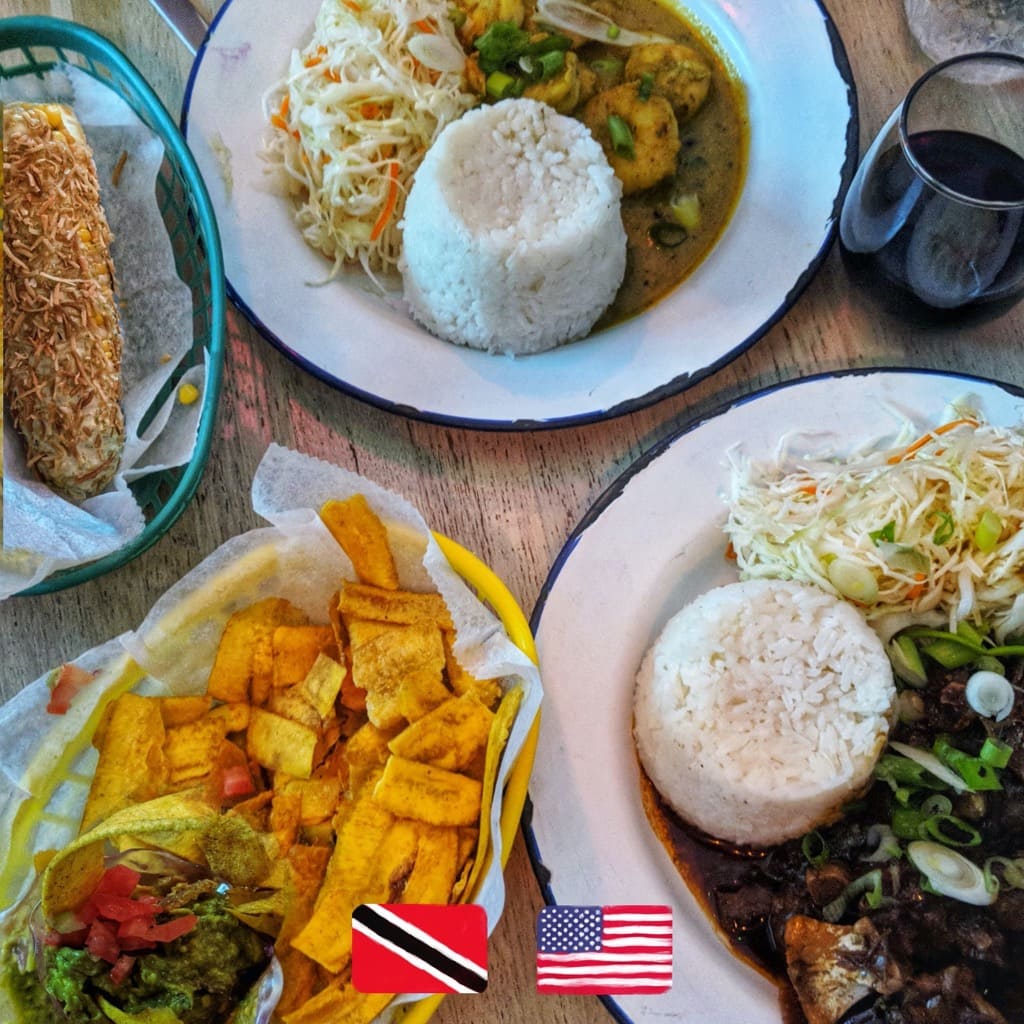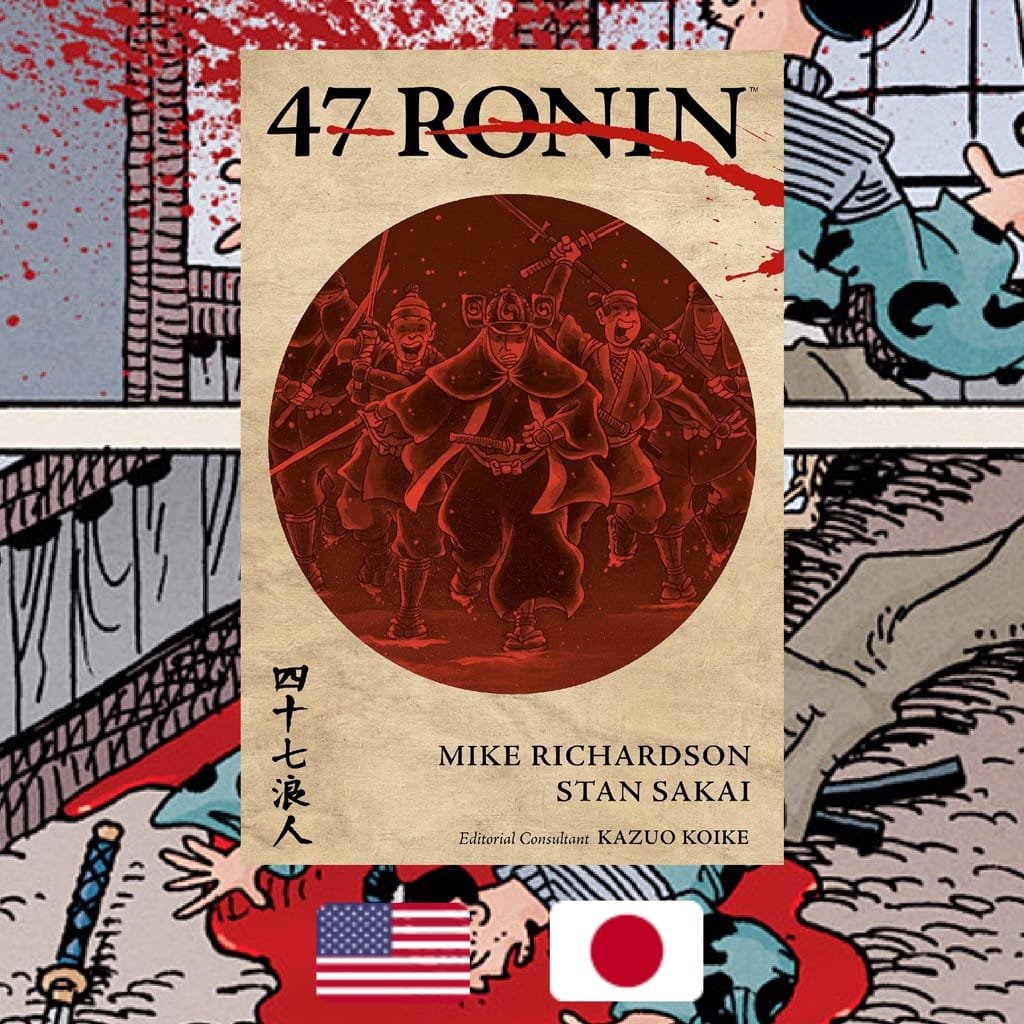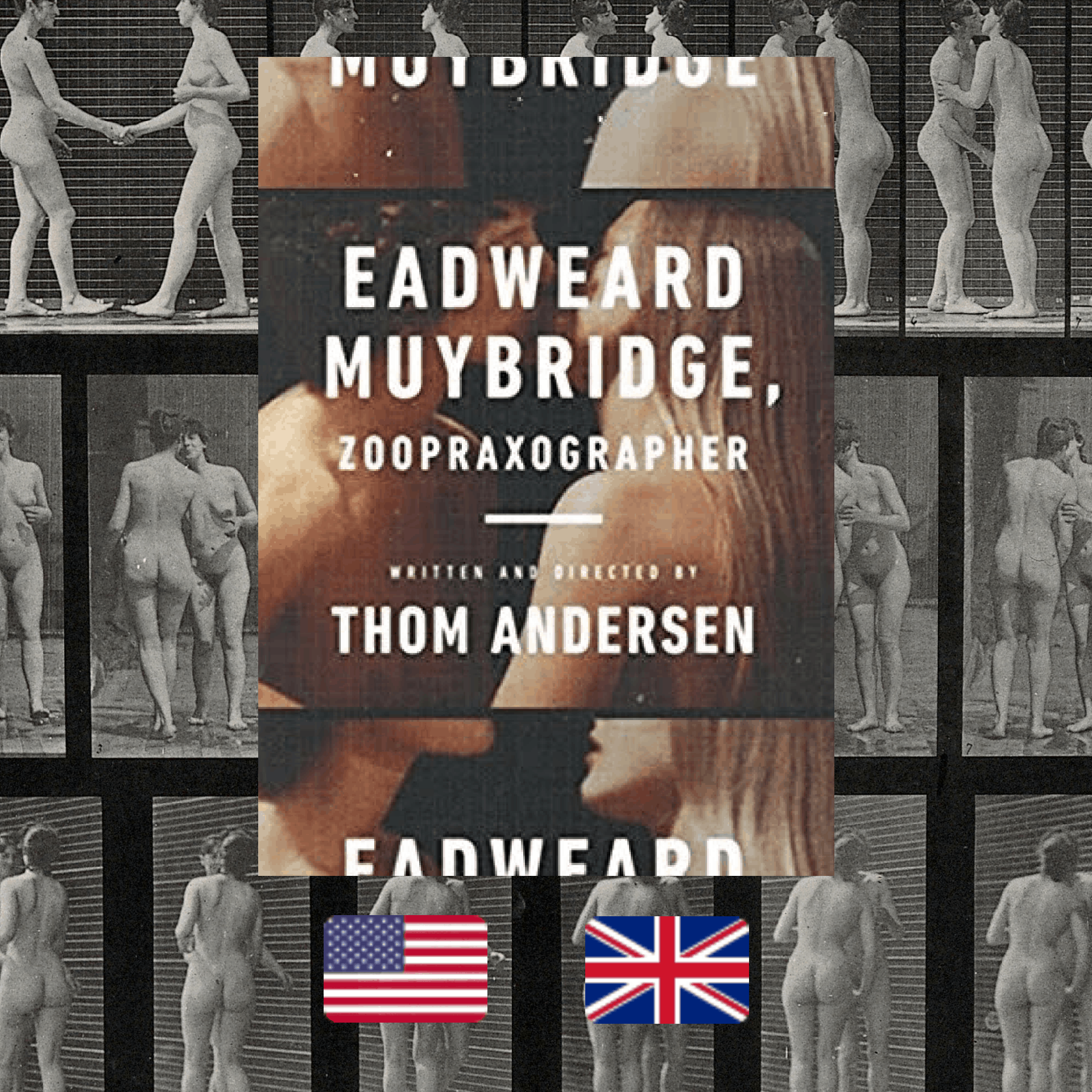A Sublime Vision of Faith, Race, and Destiny in Contemporary Cuba, Buttressed by Magic and Poetry—’Black Cathedral’, Marcial Gala, 2012, trans. Anna Kushner

The English-language debut by a Cuban writer of staggering talent is a fantasy-spiked exploration of the paths that crime, creativity, Christianity, and craziness can offer



FROM CUBA
WHAT IT’S ABOUT: The arrival of a new family to the gritty neighborhood of Punta Gotica in the coastal town of Cienfuegos causes a commotion among the locals. The father, Arturo Stuart, is a preacher, bent on building a cathedral that will surpass all existing structures in Cuba. Meanwhile, his three children, artistic daughter Johaness, eldest son David King, who bears the brunt of his father’s abuse, and the gifted orator, younger son Samuel Prince, stand out like sore thumbs in the poor neighborhood riddled with crime. The novel unwraps as a chorus of as Punta Gotica’s residents, current and former—including a death row inmate Gringo, the writer Berta who sees dead people and the cathedral’s architect Rogelio—recount the events that followed the Stuarts’ arrival and led to the tragic, surreal demise for the family and the cathedral.
WHO MADE IT: Marcial Gala is a Cuban novelist, poet, and architect born in Havana, but currently splits his time between Cienfuegos and Buenos Aires. “Black Cathedral” was his second novel, preceded by “Sitting in a Lime Tree,” also set in Cienfuegos but during the 90s financial crisis following the collapse of the Soviet Union. He has since written two more novels, “Call Me Cassandra” and “Intense Commitments to Nothingness,” both on the intersection of Cuban and queer identities, as well as “Rokanrol,” a collection of short stories set in Havana in the 60s. In a peculiar turn of events, Gala makes a cameo in “Black Cathedral,” as one of Cienfuegos’s literary figures and Berta’s date to an event.
Anna Kushner was born in the US to a Cuban family. She has been translating from Spanish, French, and Portuguese, but is best known for her translations of a diverse array of Cuban writers, including Guillermo Rosales, Norberto Fuentes, and Leonardo Padura. Kushner also translated Mario Vargas Llosa, as well as “Memory of Silence: The Guatemalan Truth Commission Report,” the definitive English version of the report on the CIA-backed civil war La Violencia that ravaged Guatemala in the 1940s-50s.
WHY DO WE CARE: Critics often talk about the structure of novels, and how some writers are more apt at being able to create a functional composition that will support the plot and not fail structurally. But there is also something to be said for fiction writers who trained as architects. Quite often, the writer’s profession is a solitary one, at least, while the work is being done, not when it is carried out into the world. So it’s easy to fall into a sort of selfishness, preoccupation with the ego, which renders the prose, or poetry, unaccommodating to others, cold and lonely. However, with the humanist awareness of professions that imply inclusivity and the spatial consciousness of a good architect comes the ability to shelter the many voices and make them feel in their right place. Arundhati Roy is perhaps one of the best-known architects cum writers, and her two novels are densely populated, yet structurally accomplished endeavors, with complex ecosystems inhabited by the participants. “Black Cathedral” is a shorter, breezier read, and yet, its depth is on a par with that of Roy’s. Marcial Gala can recreate a whole neighborhood in his scale model of words while masterfully traversing space, time, and material dimensions through a set of hidden tunnels and trapdoors. A novel with as many narrators could be hard to read, slow to move through, or downright impenetrable. And yet “Black Cathedral” requires no effort from the reader, just to lean back and enjoy, or be stunned by the events unwrapping in the novel, as Punta Gotica comes alive, the light flicking on in every window.
WHY YOU NEED TO READ: The preface to “Black Cathedral” comes from José Lezama Lima, one of Cuba’s most celebrated novelists, and the torch has clearly been passed. Gala takes his experimental plane and the dizzying, populous, mythical entanglements to a new level. Meanwhile, his baroque style that rendered Lezama less accessible and yet wondrous is simultaneously eviscerated and redeemed. Can you achieve complexity and sensuousness but still work around a language economic, minimal, and conscious? Gala bridges writing and architecture together, both preoccupied with the split between form and function. The architect Rogelio evokes Adolf Loos as he talks about his design for the cathedral in the novel: “Ornament is crime,” a great architect said, and that was my premise, I wanted the building to be perfect in its almost necessary simplicity, I wanted all of its complexity to come from the harmony and the quality of the materials used…” And yet, when Guts, a Punta Gotica resident, who ended up in Barcelona, gets homesick, he goes to the Sagrada Familia to quench his nostalgia for Stuart’s cathedral, despite the aesthetic, almost ideological gap between the two. And this, in turn, becomes the truth for Gala’s novel in relation to the great, gothic marvel of Lezama: they couldn’t be more dissimilar, and yet they are of the same.
“Black Cathedral” is resolutely unadorned, its language virile, yet translucent, often recoursing to the poetic, and seamlessly reinterpreted in English by Kushner. However, the novel is bustling with its many characters, of all classes and races. Both the writing and the translation of each of them are so taut that even the most minor ones don’t evade recognition, coming alive with the quirks, the turns of phrase that make each unique. Everyone has a purpose in the larger quilt of the Stuart family’s destiny and the terrible event at which the chorus consistently alludes. Yet the multiple subplots are just as important, branching out from the cathedral’s trunk, each offering a way out for those who refuse to be stuck in Punta Gotica. There’s cannibalism, creativity, crime, and, on the verge of fantastical: visitations of spirits and Santéria rituals that withstand longer than the Western strains of Christianity. Queerness seeps out of unexpected places, just like blood, and there’s, of course, the question of race, necessary in general, but often underexplored in contemporary conversations about Cuba. The vigorous exploration of the issue’s relativity, multiplicity, and contexts is presented throughout by the multi-hued cast. And most prominently, the ever-affirming blackness of Gringo, whose crimes, pivoting on the intersection of class and race, lead him to become yet another black man about to burn in the electric chair,—with the caveat that a black president is in charge this time.
Comparatively short and compact in form, yet sprawling in its many implications and facets of humanity, “Black Cathedral” is wise and resplendent in showing how materialism and spirituality or lack thereof become entwined and precarious for anyone who can’t afford guidance to navigate the two. Some of its narrative threads don’t get the satisfying wrap-up the reader might have expected, and yet to no detriment to the plot. Instead, like the great, unfinished husk of the cathedral itself, they smolder, awaiting revival or being snubbed out, feeding the flame of fiction and its fantasies—the only things that can offer salvation. Revel in its flickers: Marcial Gala is an author of immense, hefty talent, and getting absorbed in “Black Cathedral,” the only one of his novels currently available to those who don’t read Spanish, is a rare pleasure which must not be postponed.
Marcial Gala, Black Cathedral (La Catedral de los Negros)
Translated by Anna Kushner
Published by Farrar, Straus and Giroux in 2012
For more content like this sign up for our weekly newsletter
MORE FROM NORTH AMERICA
Continue A Sublime Vision of Faith, Race, and Destiny in Contemporary Cuba, Buttressed by Magic and Poetry—’Black Cathedral’, Marcial Gala, 2012, trans. Anna Kushner on Supamodu
from Supamodu https://ift.tt/2zwnngk
via Whole story







Post a Comment